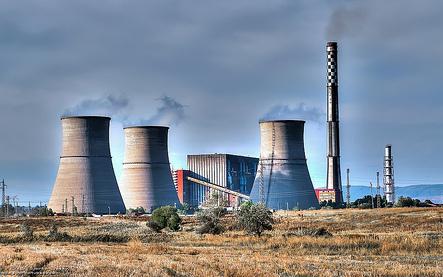
INDEPENDENT power producer, Co-Ash Resources, is undertaking an environment assessment in Matabeleland North Province ahead of the construction of a thermal power plant in Hwange.
BY NQOBANI NDLOVU
Co-Ash Resources plans to set up a 250-megawatt (MW) waste coal-fired thermal plant that will have a double role of cleaning up the environment as well as supplying electricity.
The independent power producer said the 250MW integrated gasification combined cycle (IGCC) will be expanded to one gigawatt (GW) in 10 years.
An IGCC is a technology that uses a gasifier to turn coal and other carbon-based fuels into electricity.
“The main objective of the project is to construct a combined cycle environmentally friendly, highly efficient advanced plasma- fired thermal power plant that will supply significant amount of power to Zimbabwe utilising waste coal fires that have been and are a continuous environmental hazard in the coal mining operations in the Hwange district,” a notice of the environmental and social impact assessment read in part.
“The project, however, falls in volume six of the Environmental Impact Assessment guidelines of Zimbabwe. Volume six covers all projects relating to the energy sector in which the thermal power plant falls.
“In compliance with the Environmental Management Act (Chapter 20:27), Co-Ash resources is required to prepare an environmental and social impact assessment report for the said project.”
- Chamisa under fire over US$120K donation
- Mavhunga puts DeMbare into Chibuku quarterfinals
- Pension funds bet on Cabora Bassa oilfields
- Councils defy govt fire tender directive
Keep Reading
The country faces electricity shortages as Zesa Holdings is currently generating just over 1 000MW of the 2 200MW national requirement, resulting in incessant power cuts.
Although Zimbabwe Energy Regulatory Authority has licensed over 15 independent power producers, very few have implemented projects that are actually feeding into the electricity national grid to eliminate energy shortages.










